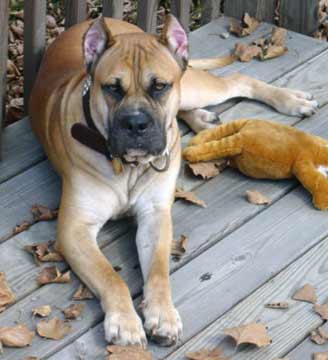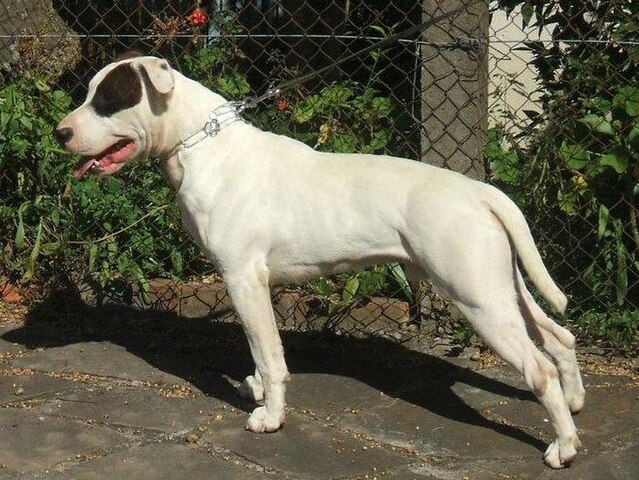The Dalmatian is known by many as “the firehouse dog” because of his work clearing the path for olden-day, horse-driven fire wagons. Because Dals have always had an affinity for horses, the job was a great fit. In addition to this very specific task, the breed has also been employed as war dogs, herding dogs, draft dogs, vermin hunters, tracking dogs, boar hunters, bird dogs and even circus dogs! Very few breeds have ever been assigned this many roles. The breed’s other (often more obvious) trait is his beautiful array of either black or liver spots on a white body. No two Dalmatians are marked exactly the same!
Dals are easy to take care of – their smooth, short coat doesn’t mat like longer-haired breeds and their coat tends to stay fairly odor-free. Bathing is only needed every couple of months unless the dog will be shown. This said, they breed does shed year round and will require regular quick brushings to minimize this somewhat. Because their coat doesn’t afford them a lot of protection from the elements, they may need to wear a coat when outside on very cold days.
Dals are great dogs for families who have children, as long as the kids are taught to respect the dog. Ideally, the Dal should have been raised around kids while still a puppy, and also been given obedience training so he won’t be unruly when playing. Overall their medium size is ideal for most kids – not too big to hurt children nor too small to be hurt by them. They are also athletic and sturdy – always ready to bounce and play in the yard with the smaller members of the family.
While the Dal should never be a hyper dog, he is a high energy dog. What’s the difference? A high energy dog has the ability to lay down and chill when his exercise needs are met, while a hyper dog often has a hard time settling down mentally as well as physically. This said, the Dalmatian was bred to jog all day and thus does need a good deal of exercise every single day to stay happy. It has been said that you can never give a Dalmatian too much exercise – 2 hours a day, spread into 2 or more sessions, is ideal. 
When it comes to training, the Dalmatian is willing to please and quite intelligent. He should be given rules and boundaries which need to be followed through consistently, but this doesn’t mean that obedience needs to be a boring and drab. Dals learn very well when the training is exciting and fun! Keep in mind that the breed can be quite strong-willed when they want to be, and plan ahead. Sometimes the trainer needs to be more stubborn than the dog!
The Dalmatian is loyal to his owner and can be somewhat territorial. He needs to live inside with his owner and can develop behavior problems if made to live outside, especially if tethered. As long as the dog is able to be with his owner he will be happy in any type of residence – whether it be a house, apartment, or large ranch. The smaller the home, however, the more he will need to be exercised. As he tends to wander, a fence will be necessary when he is off-leash. While inside, be prepared for a shadow – Dals love to follow their owners wherever they go! As such, they make horrible pets for people who spend their whole day at work.
The temperament of the Dalmatian can vary quite widely from individual to individual. Because of this, prospective owners are advised to study the temperaments of different lines to find a kennel that produces what they are looking for. Furthermore, let the breeder help you choose the right puppy for you! It is very unwise to buy a Dal puppy from a pet shop as you run the risk of getting a dog with poor temperament as well as health. Because this is a long-lived breed for their size (13 or 14 is not unusual – with some living even longer), it is pretty important that an owner chooses a dog that they will enjoy living with!
Every breed of dog has certain health problems that are associated with that breed and the Dalmatian is no exception. Deafness and bladder stones are the two most commonly seen conditions in this breed. Luckily, there is a test for deafness that will let you know whether or not the puppy you plan to bring home can hear – called the BAER test. While there is not a test for bladder stones, it is normally a condition that can be managed fairly inexpensively.



